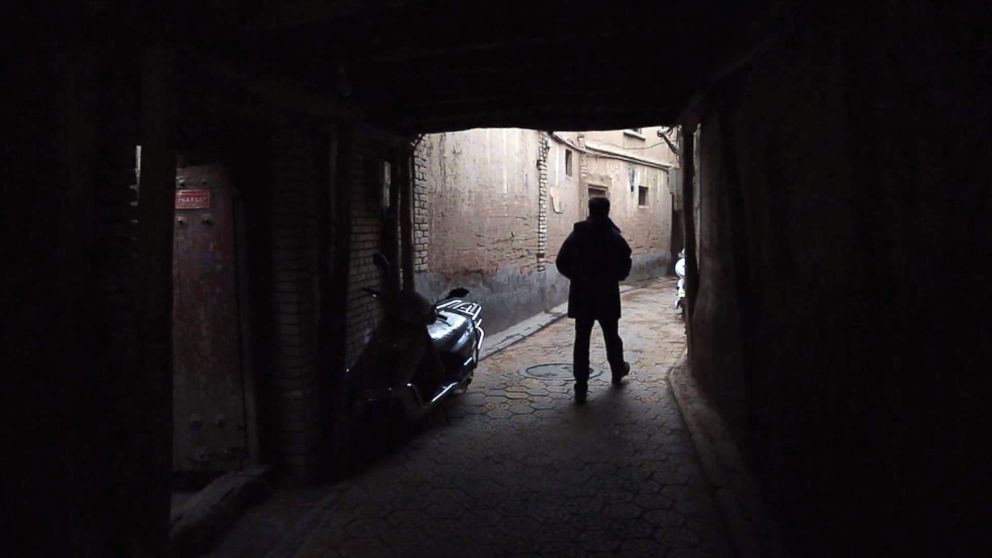Bob Woodruff: What Happened When I Went to the Alleged ISIS Breeding Ground in China
What is causing the violence between the Han Chinese and Muslim Uyghurs?
— -- As we drove through the streets of Yarkand, a desert oasis town in China’s far western province of Xinjiang, police and counter-terrorism forces line almost every corner. Our cameras are kept close to our chests, out of sight, because despite official laws allowing journalists to travel here freely, if Chinese authorities would stop us, they will follow us for the rest of our trip.
Beijing’s fears in the region have been accelerating in recent years because of a spike in attacks by the local Muslim Uyghur population against the Han Chinese, the majority in the rest of China.
Since 2009, hundreds of lives on both sides have been swept up in the violence.
In May 2014, after a series of high-profile terrorist attacks in Xinjiang and across the country, China launched a "People’s War on Terror" within its own borders and Xinjiang is the frontline.
We were in Yarkand because one of the deadliest incidents happened just outside of town.
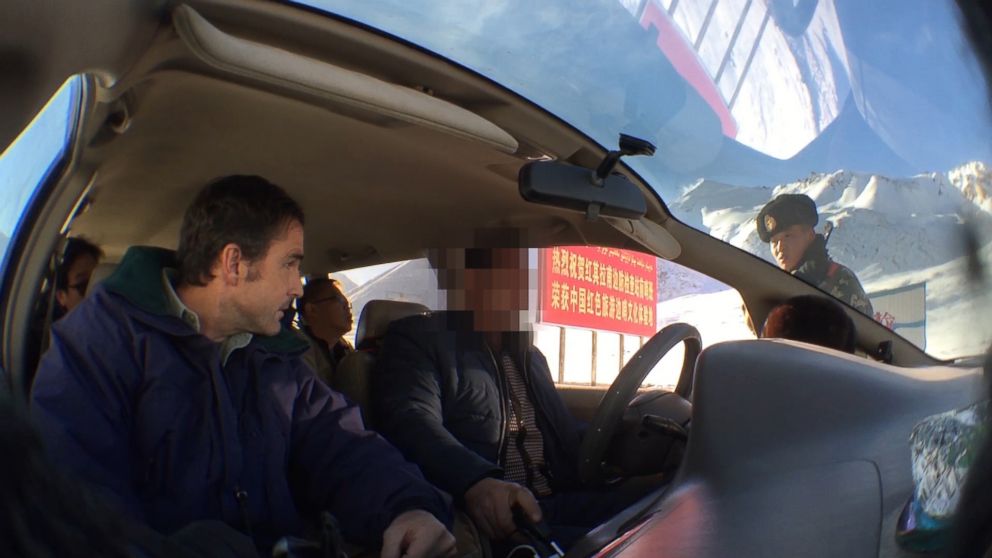
According to Chinese state media accounts, on July 28, 2014, almost a hundred lives were lost after a single night of violence. Chinese police said that by sunrise, they had gunned down 59 "suspected terrorists" after they broke into a police station and rioted through the night, killing 35 Han Chinese.
Exile Uyghurs activist groups have disputed the official Chinese account and death toll, calling Yarkand a "massacre."
Over a year and half later, the tense security atmosphere and questions of about what really happened still looms prominently over the city.
But what is causing the violence and why?
The government insists its terror problem is a foreign import, saying young Uyghurs are being poisoned by the propaganda of holy war from Islamic extremists and Uyghur separatists operating outside its borders.
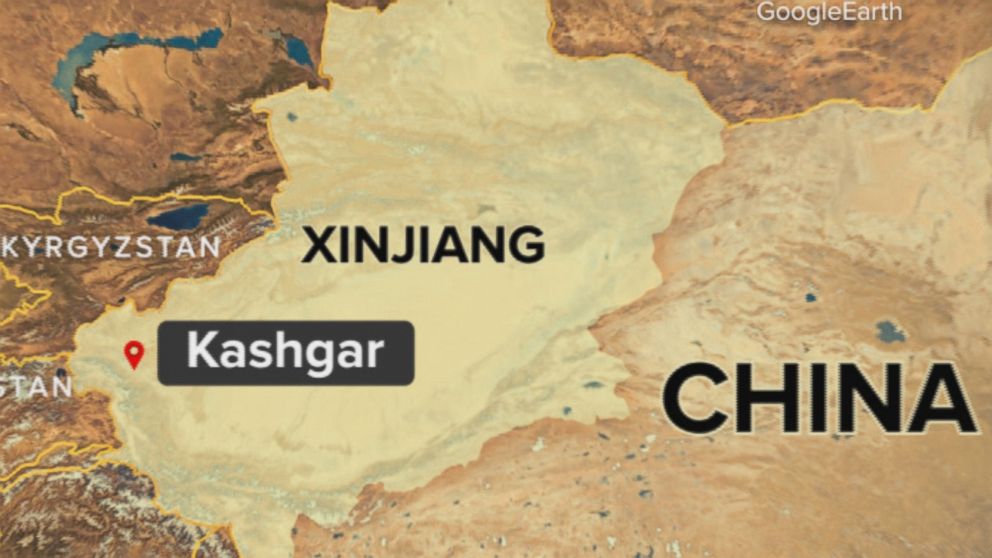
Beijing has increasingly become worried as ISIS has trained a crosshair on China and Xinjiang. In November 2015, ISIS executed a Chinese hostage and earlier that year the terrorist group released a number of propaganda videos calling Uyghurs in Xinjiang to arms. One allegedly features a classroom of Uyghur exile students taunting Beijing, promising that they will return and raise the black flag of ISIS in Xinjiang.
Uyghurs in exile and human rights organizations insist the violence is triggered by purely domestic anger and repression against the religious and ethnic minority.
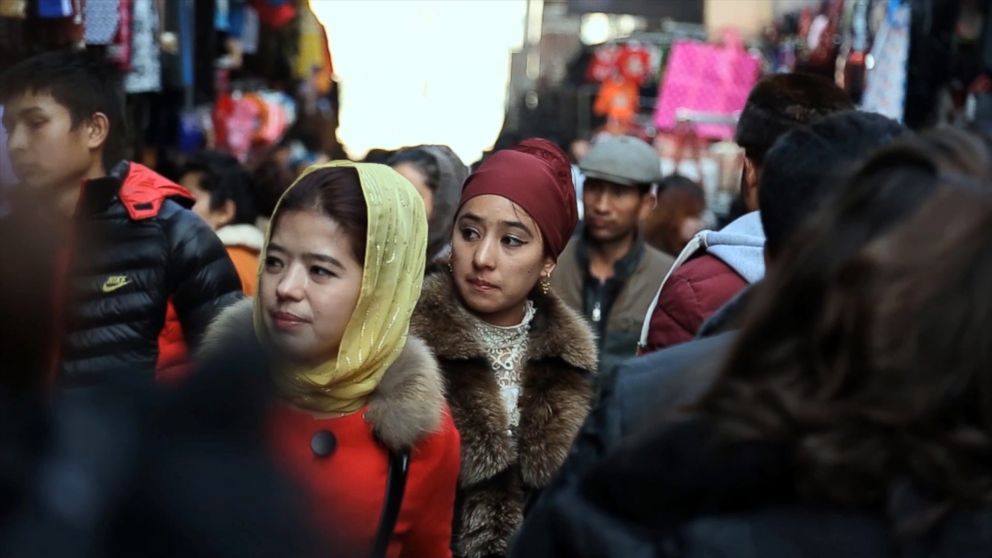
For hundreds of years, Uyghurs have had a tense relationship with Beijing. They are culturally more like the people of Central Asia than their fellow Han citizens to the east.
Xinjiang has been in and out of Beijing’s rule since the 18th century. However, it wasn’t until the after Communist Party came to power in 1949, that Xinjiang fell firmly under Beijing’s control.
Since then, Uyghur dominance in the province has been shrinking. In 1949, Han Chinese only made up 6 percent of Xinjiang’s population and now it stands at over 40 percent. Encouraged by Beijing, more Han Chinese are migrating into Xinjiang from other provinces because the government is pushing hard to expand trade, mining, construction and agriculture while at the same time restricting the traditions and culture of the Uyghurs because of concerns about terrorism.
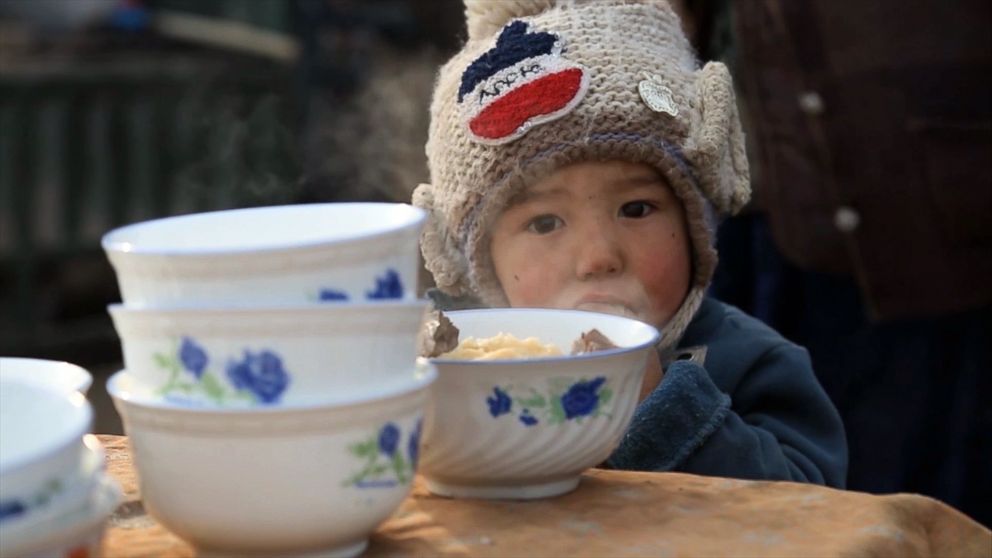
On the walls around the city of Kashgar we found government posters warning people about Islamic extremism. New laws have been put in place making it illegal for men under 60 to grow beards. Those under 18 can’t pray in the mosques and women are encouraged not to wear headscarves.
As we later found out in Yarkand, when the Chinese authorities caught up with us, seeking to understand the truth and bridge the opposing versions of the story here in Xinjiang is not easy. The Chinese believe their stakes in the region are high and keep a tight grip on information, access and surveillance.
Many of the deadly attacks happen in remote areas, far from public eyes and ears. The Chinese government wants their version to remain unquestioned and the local Uyghurs rarely speak out as a means of survival.
